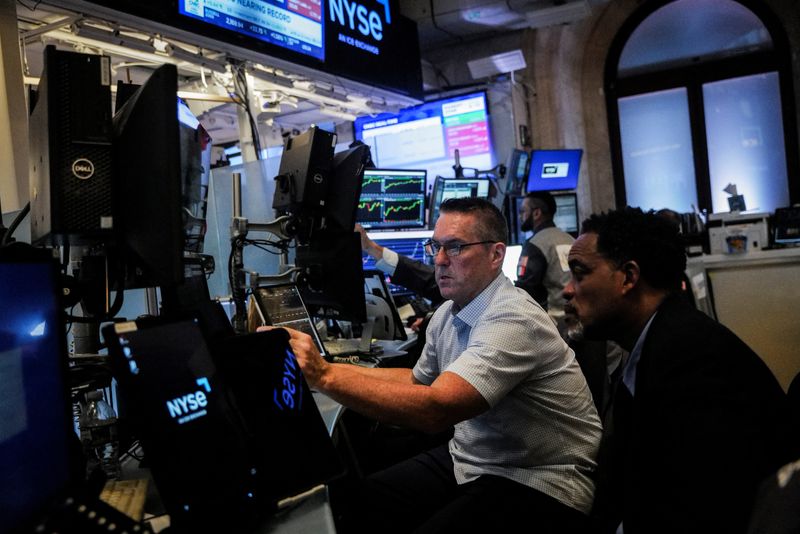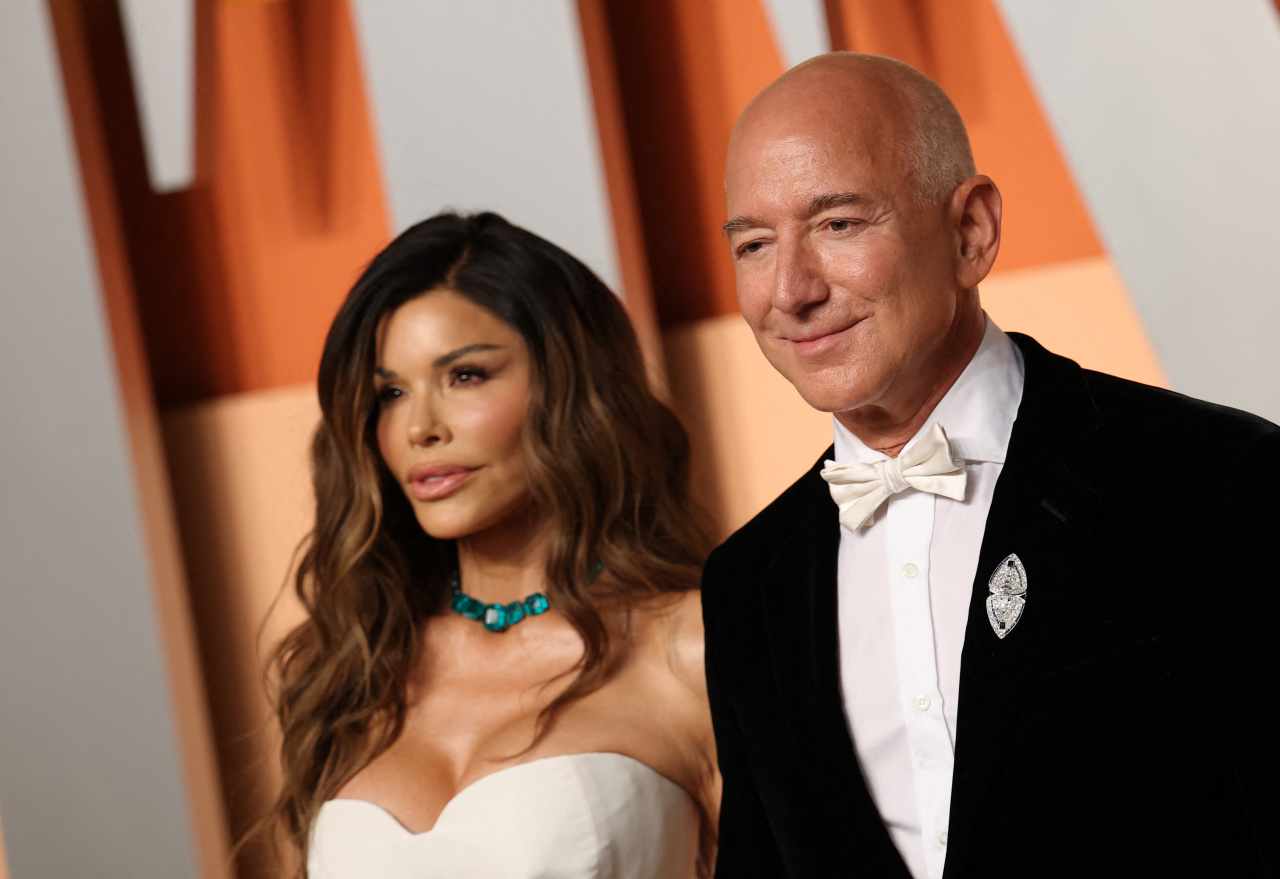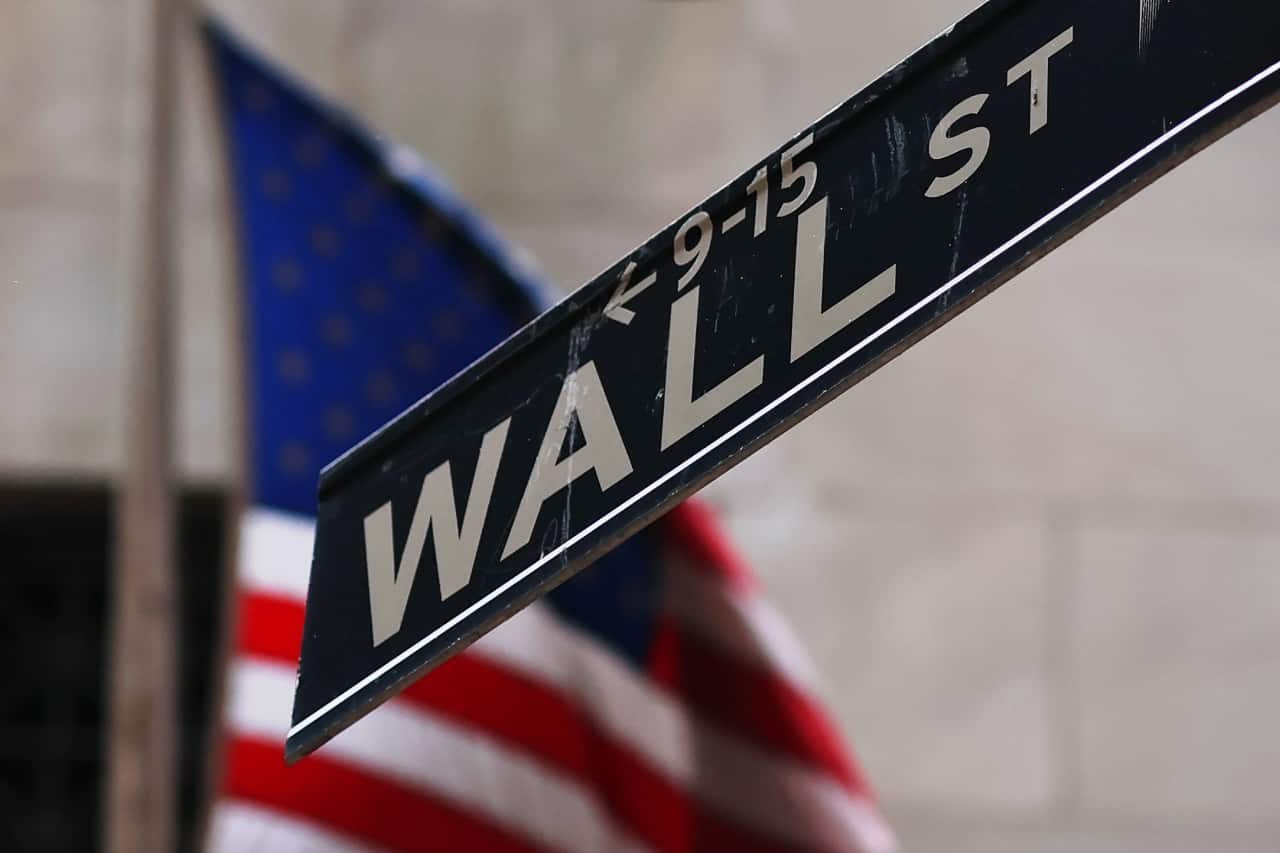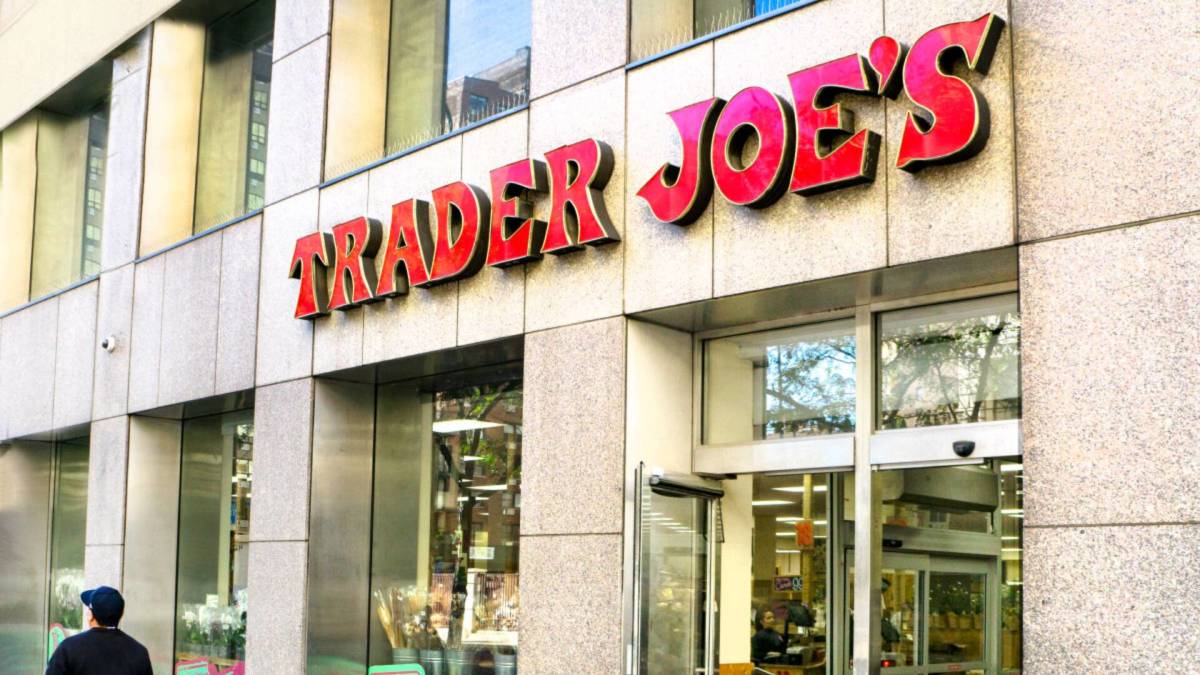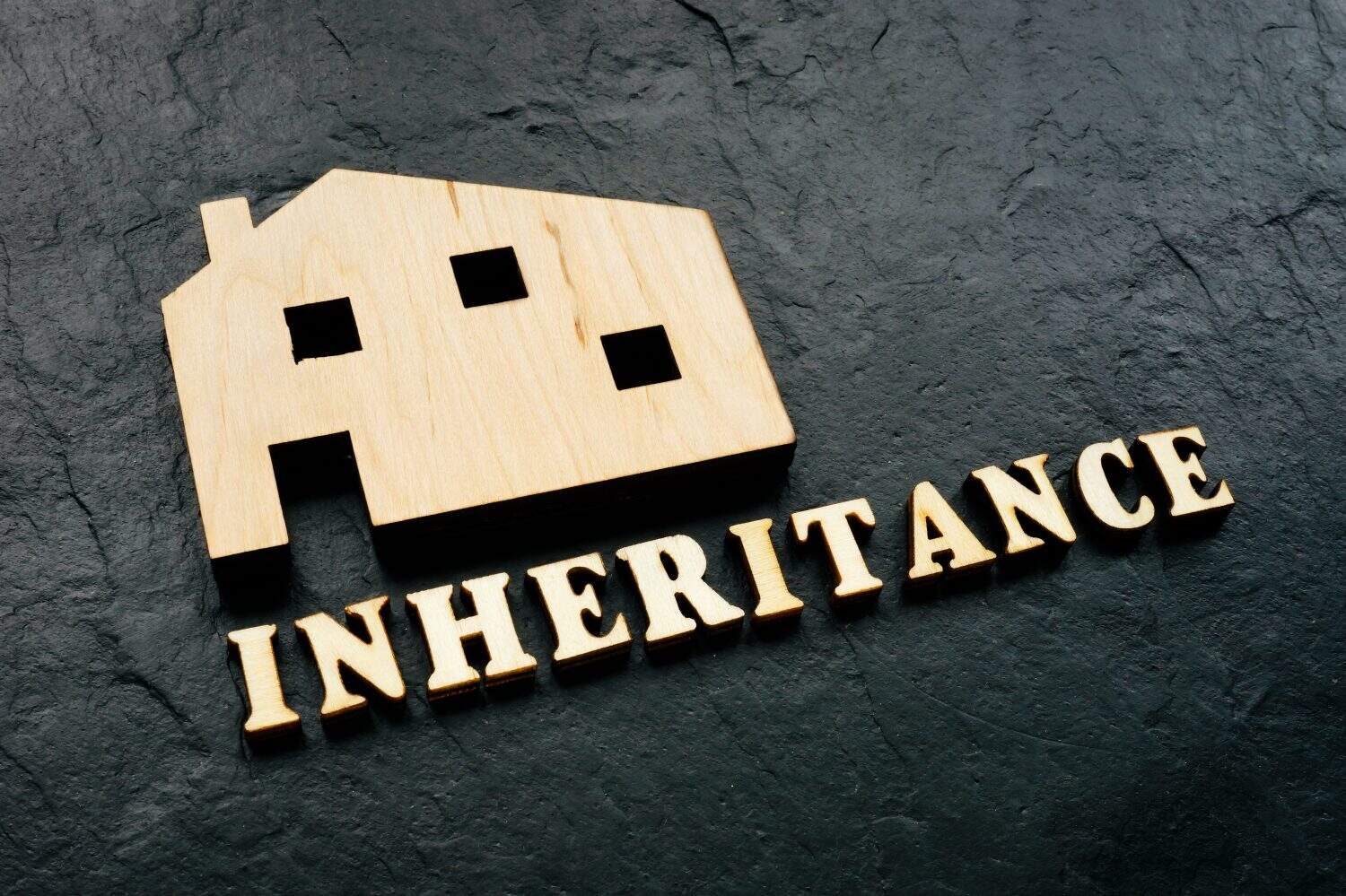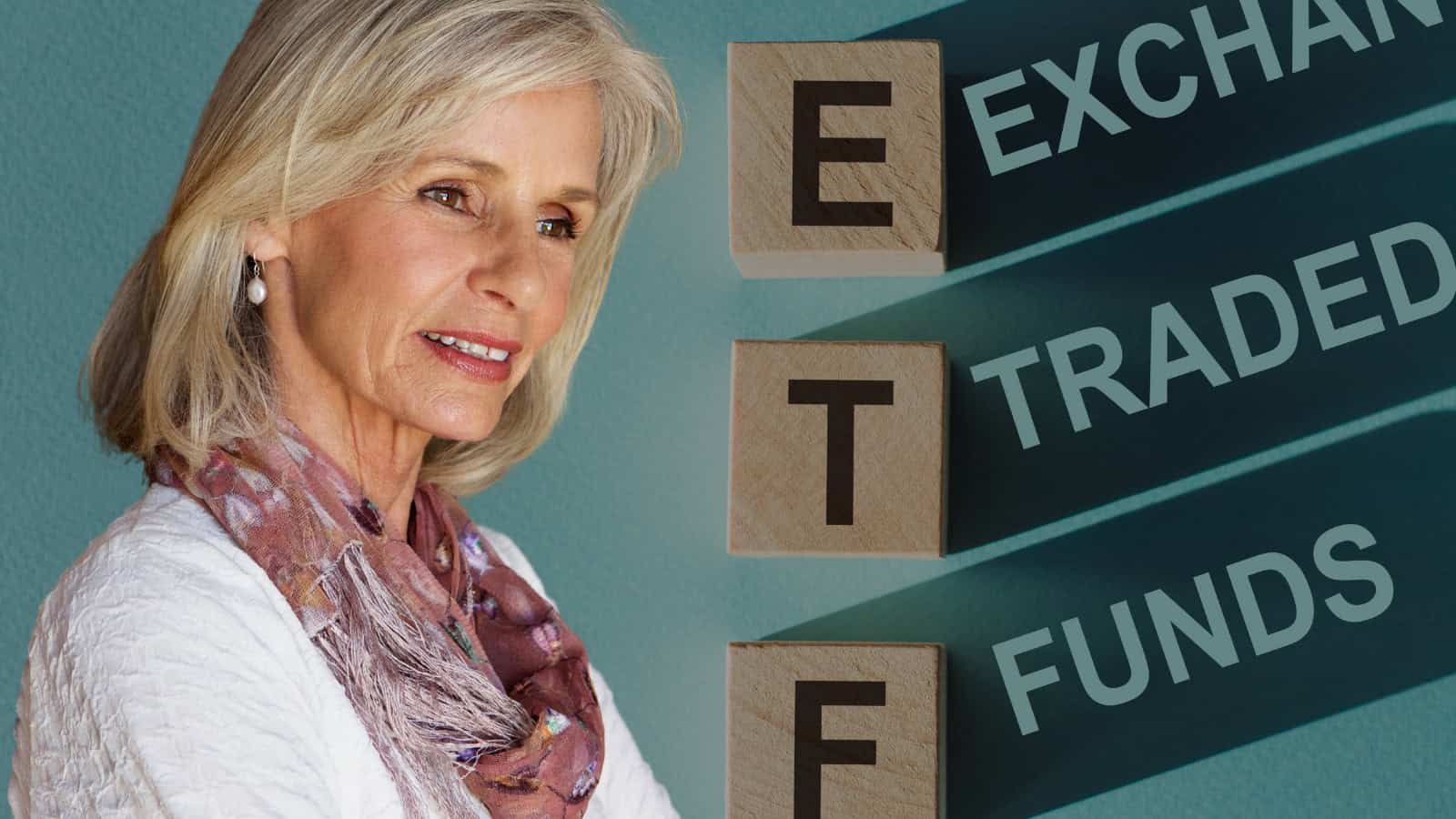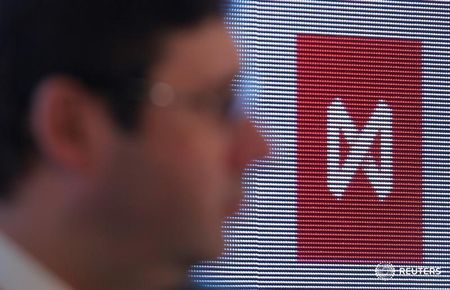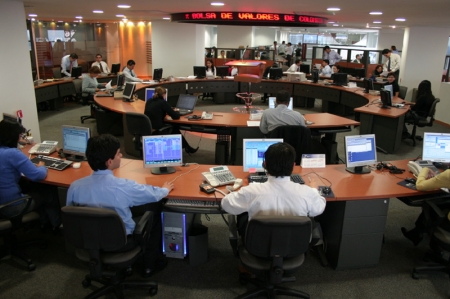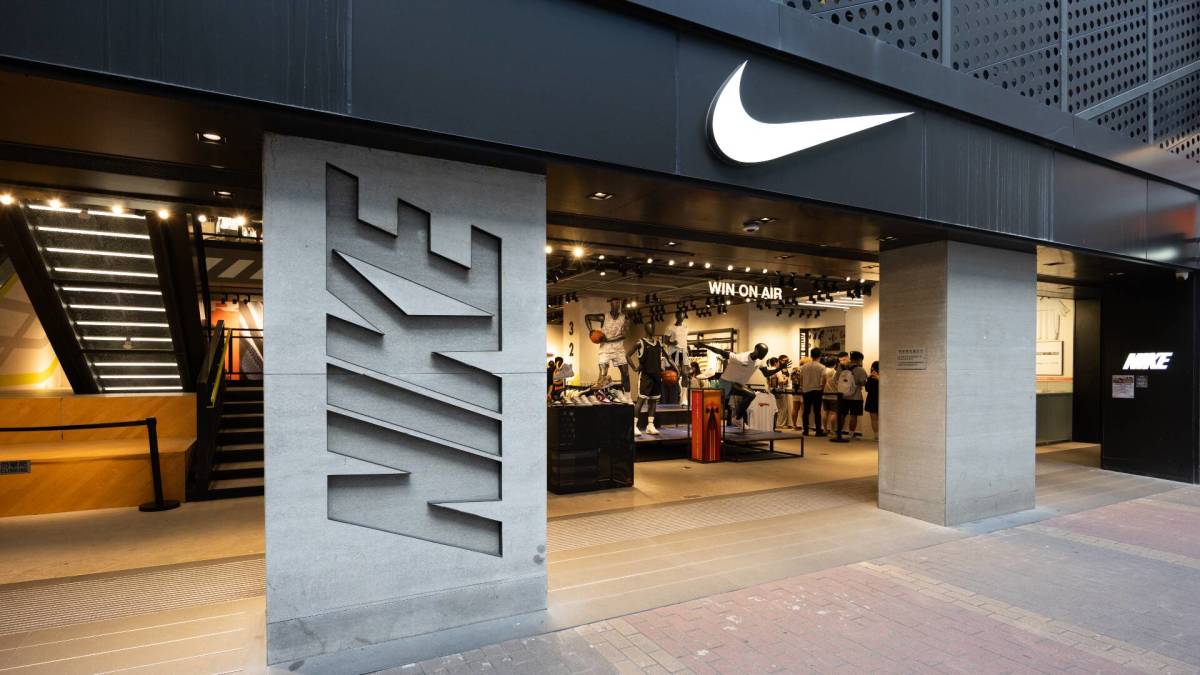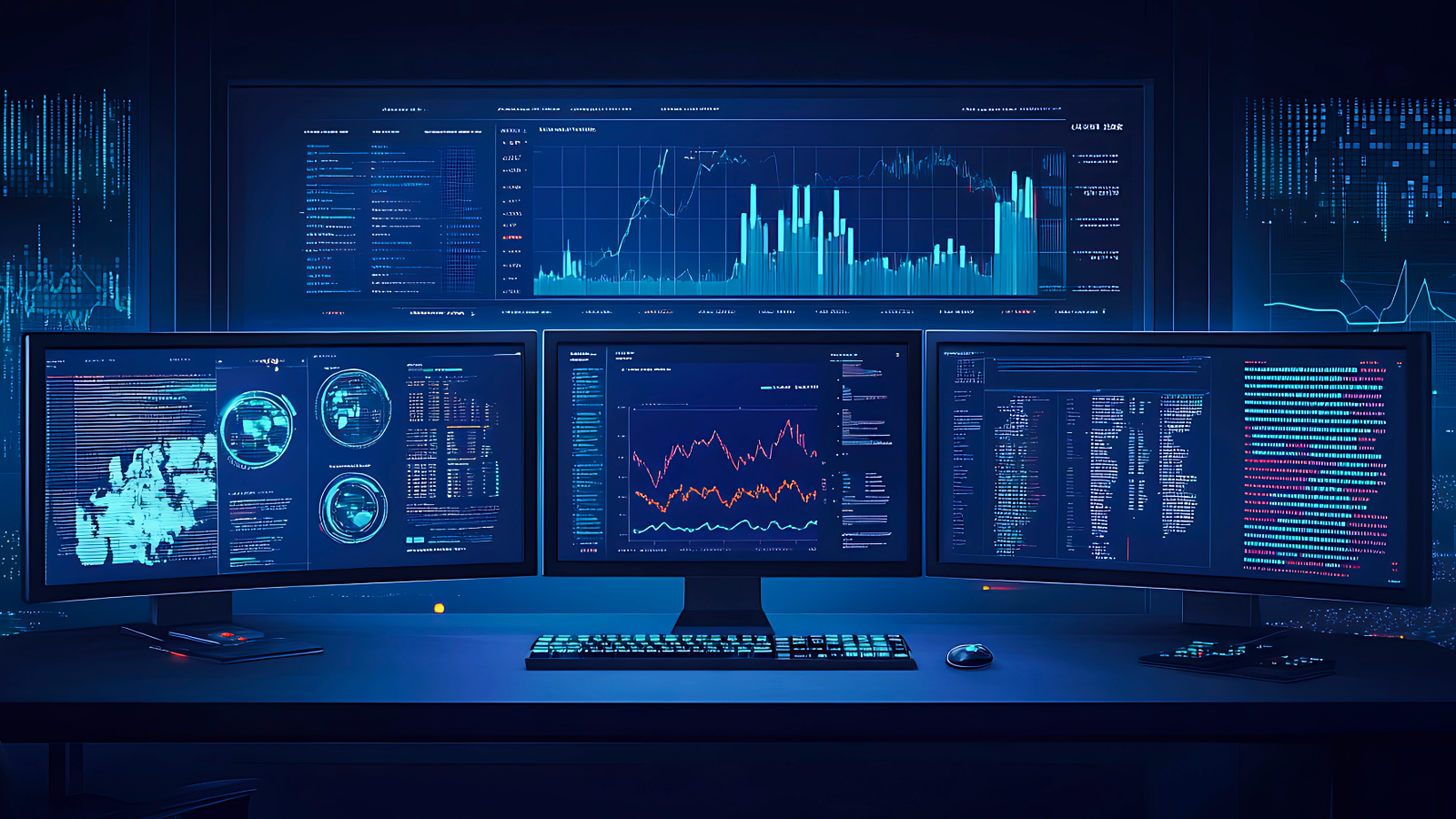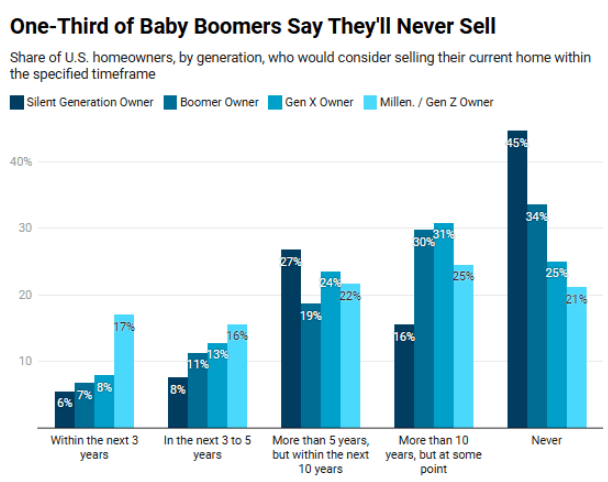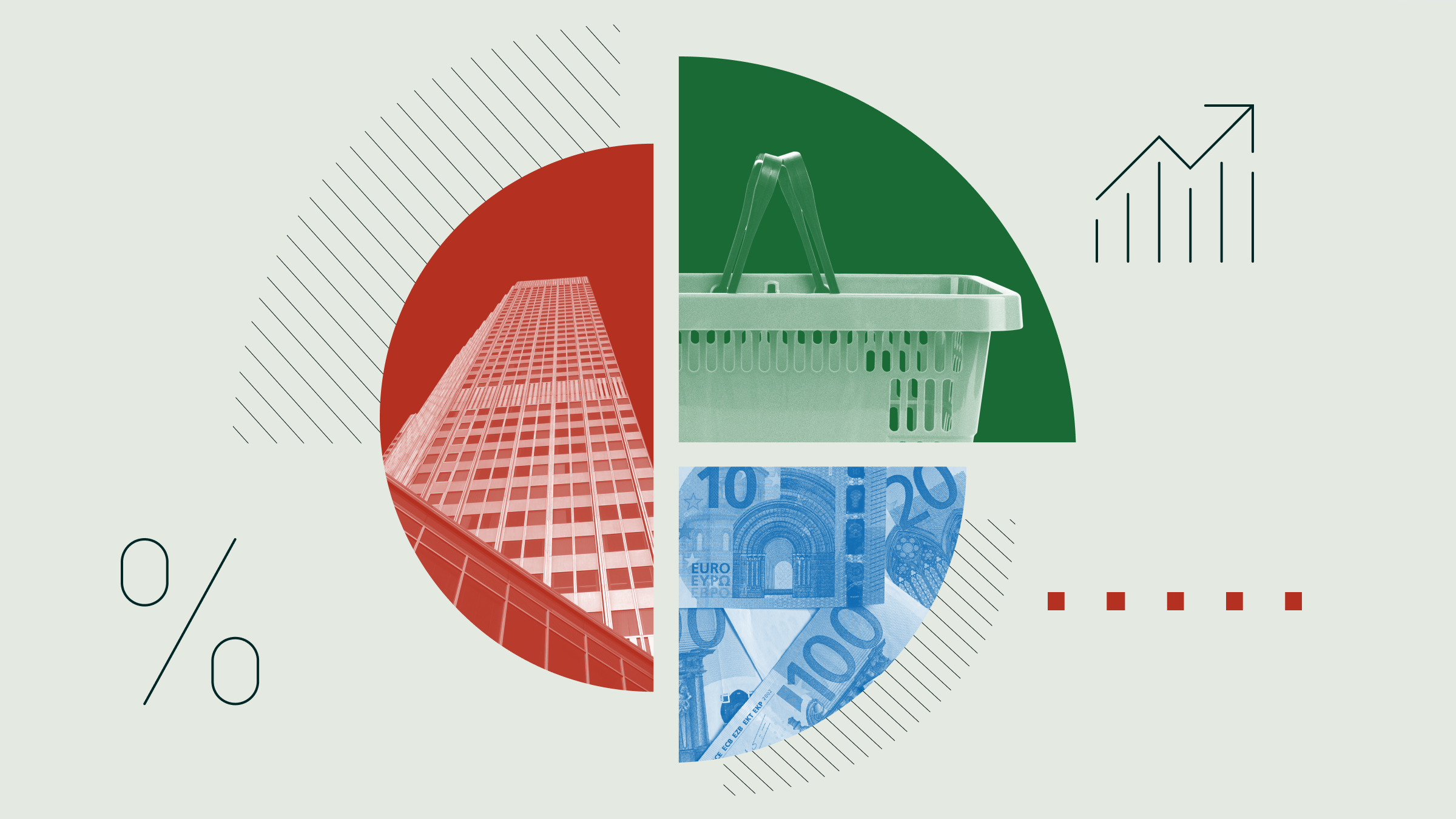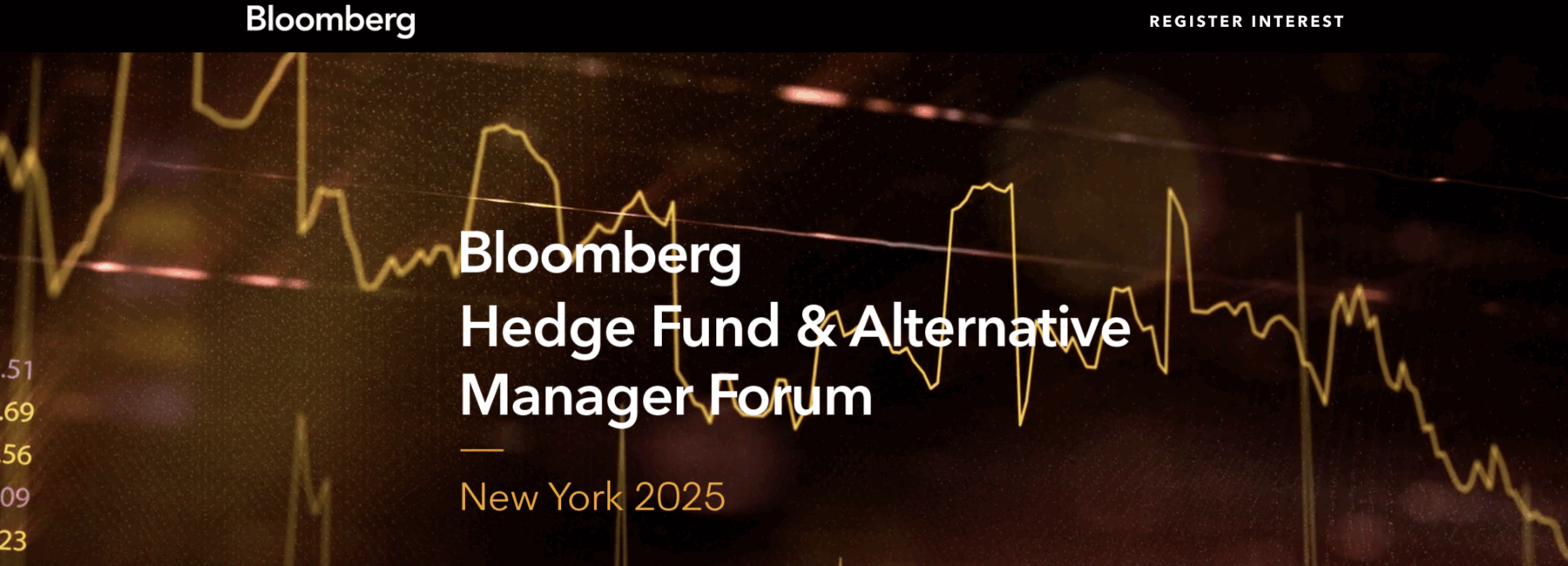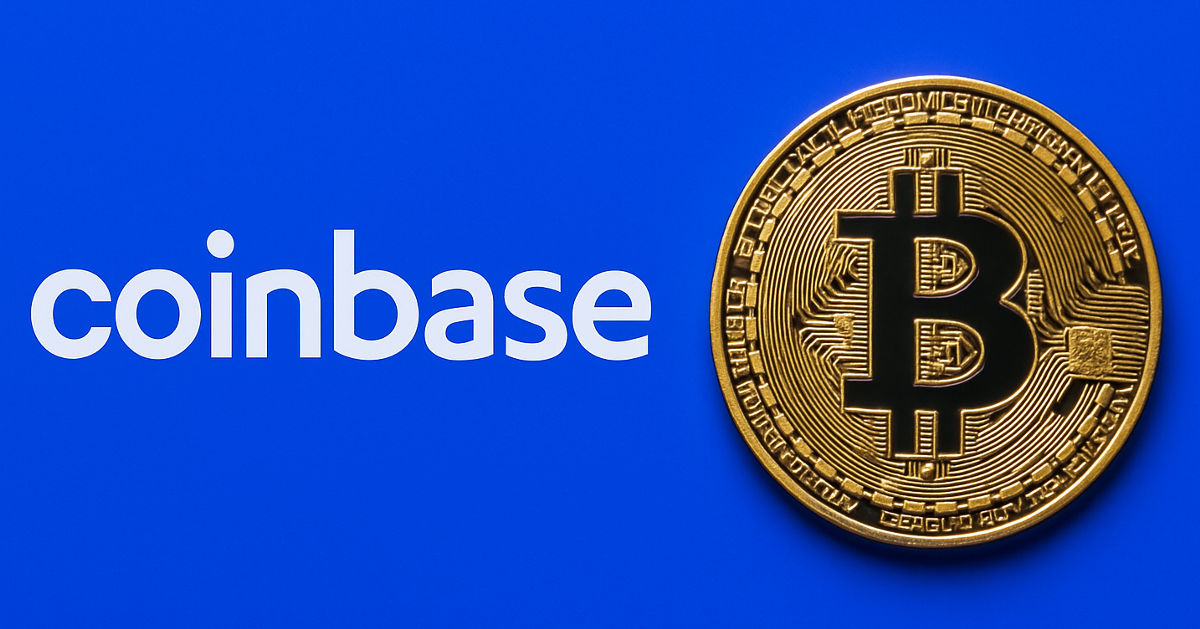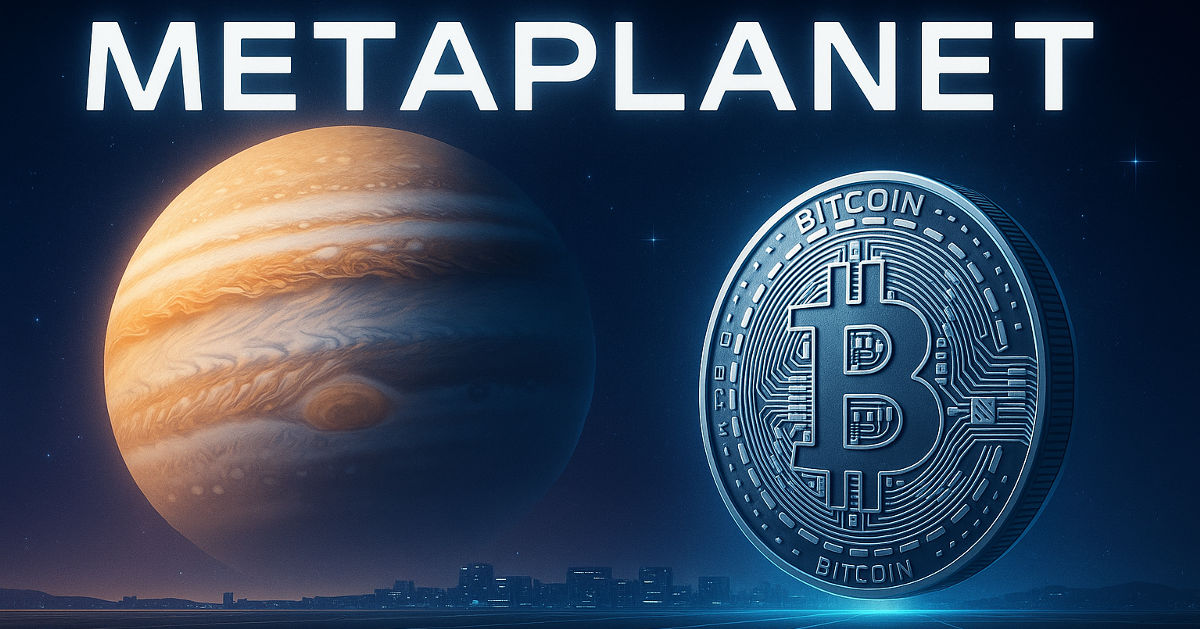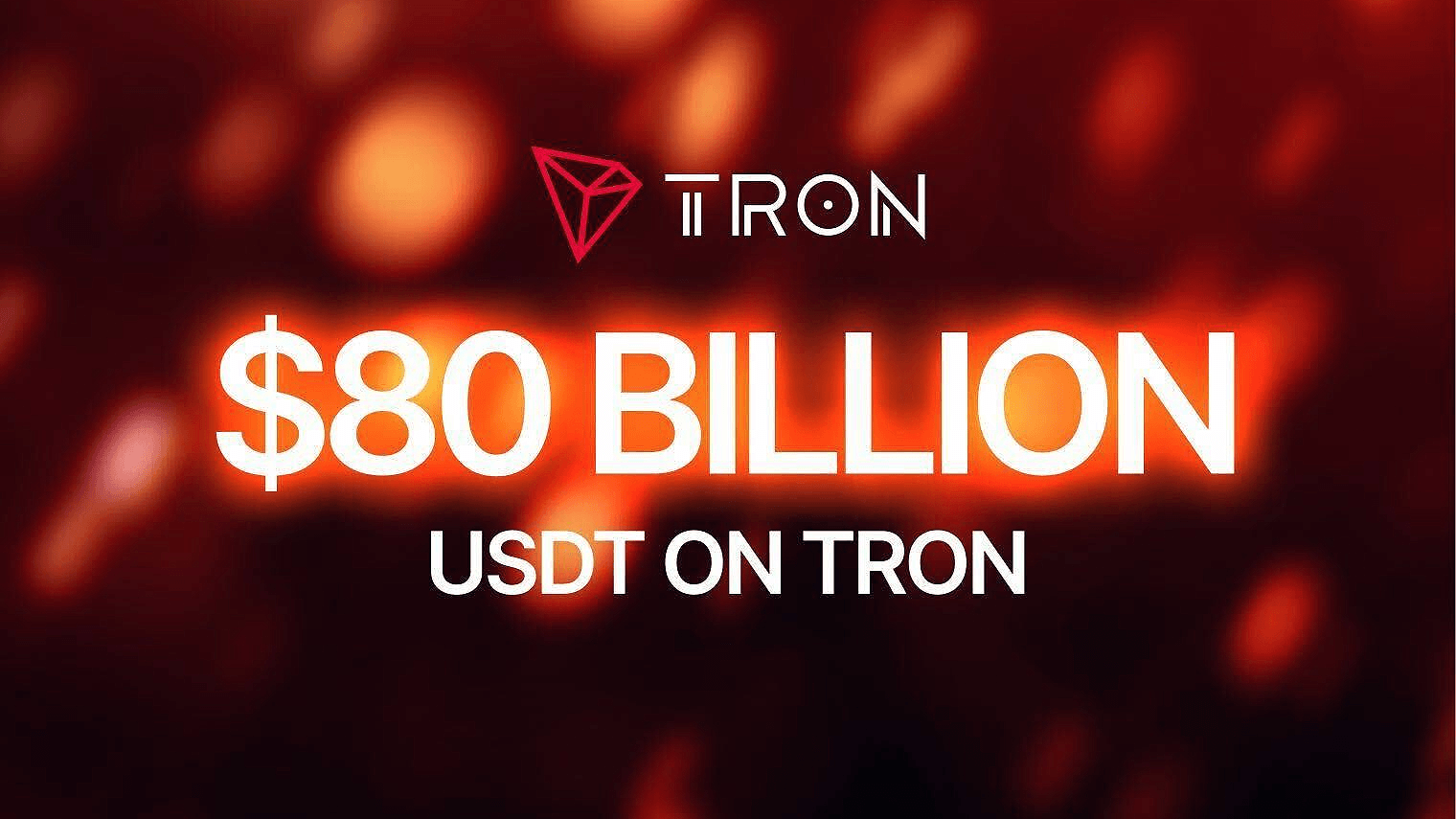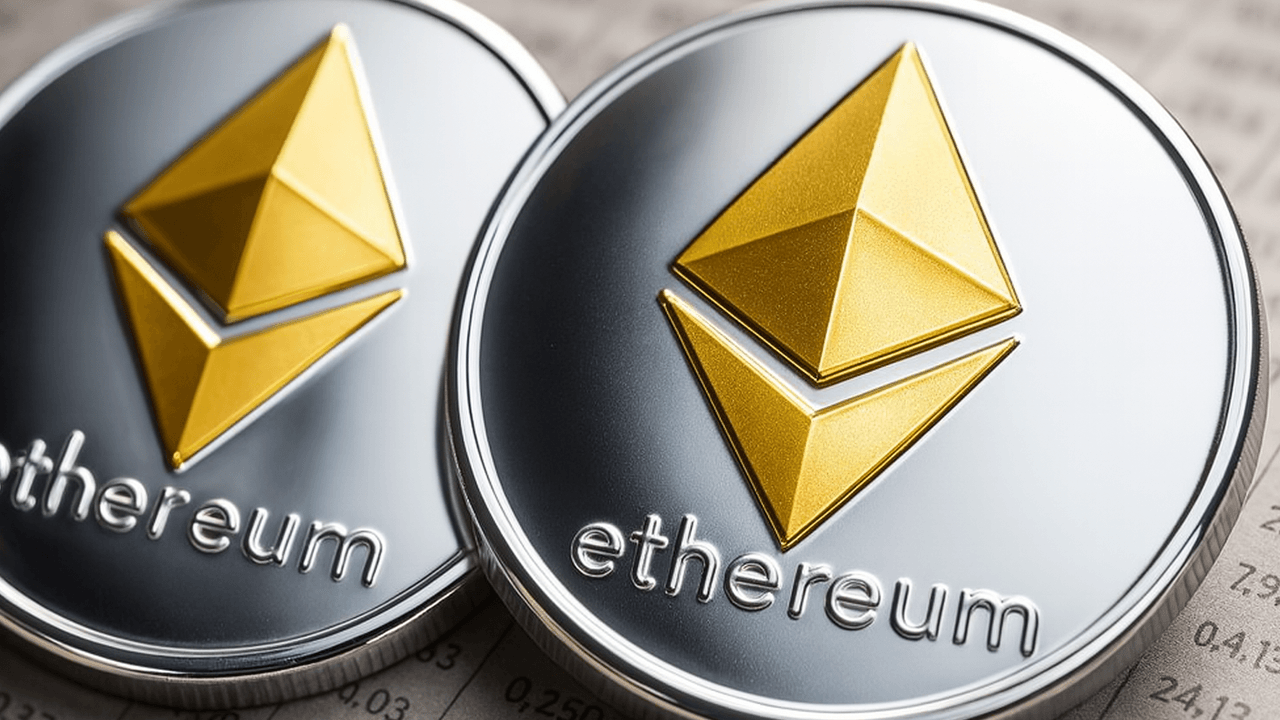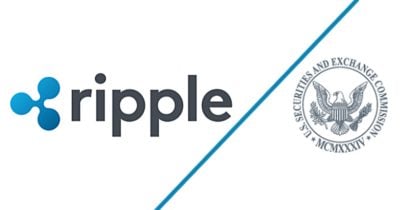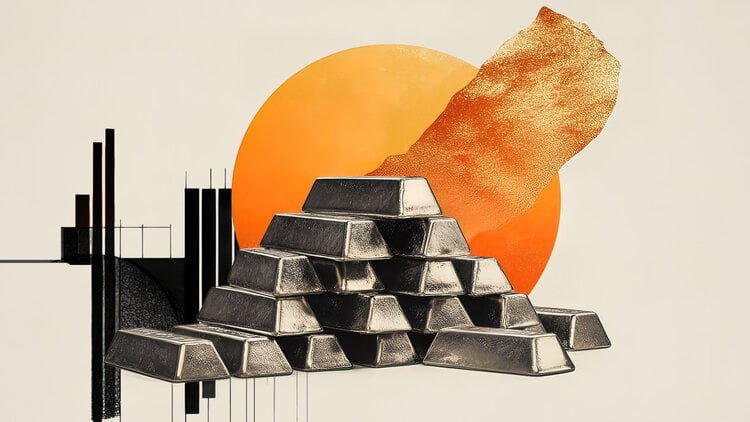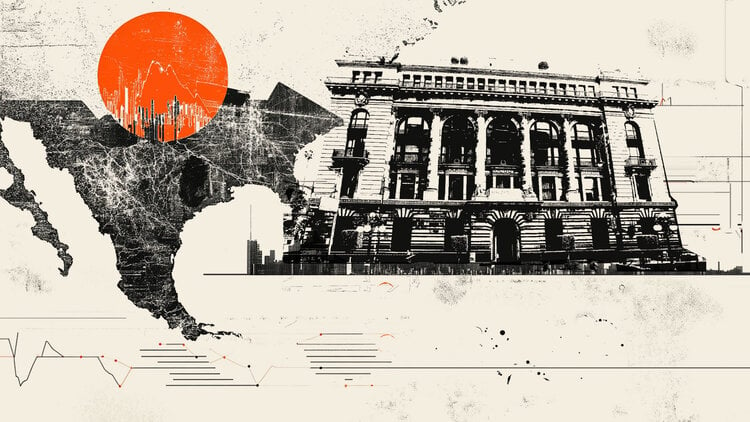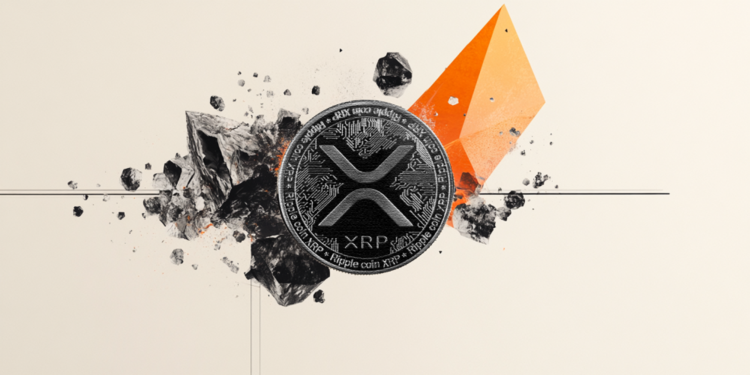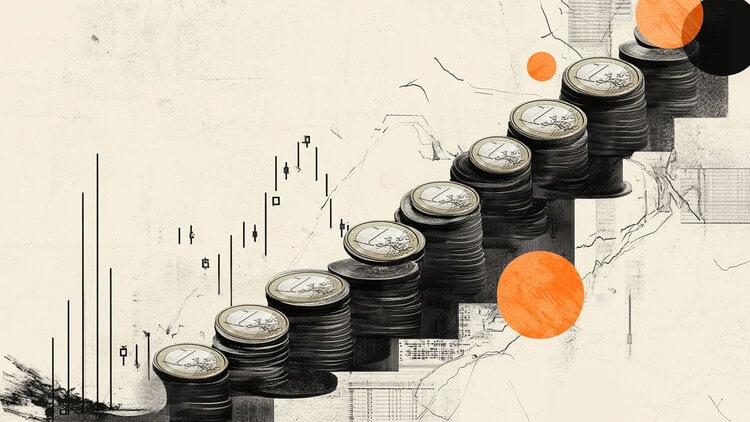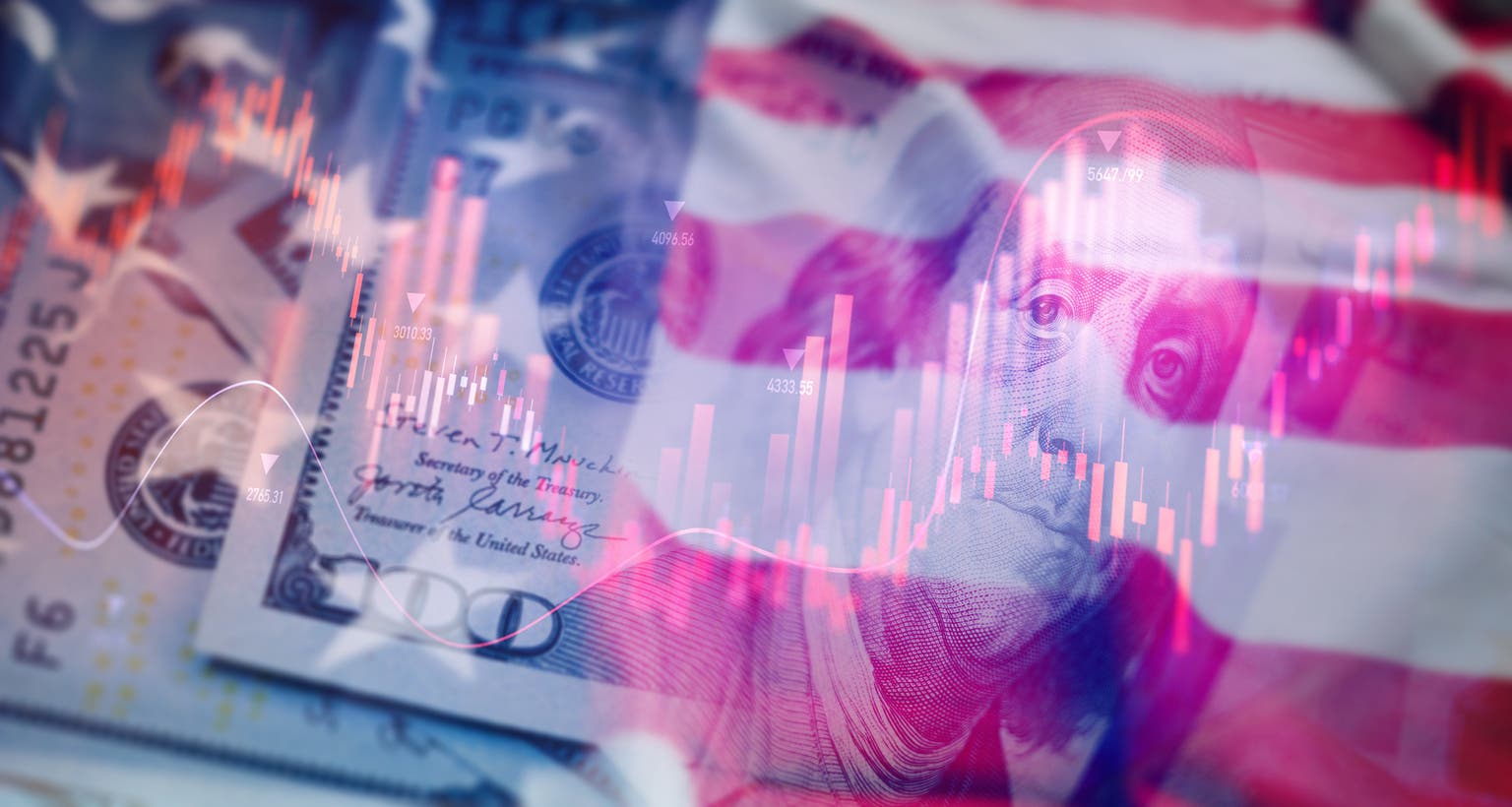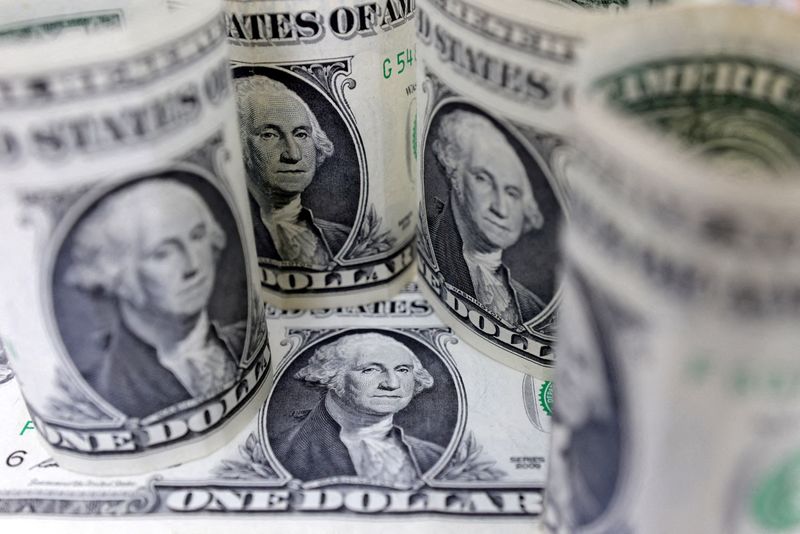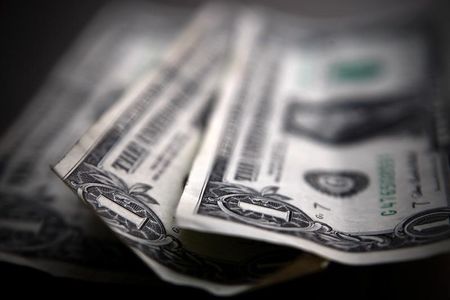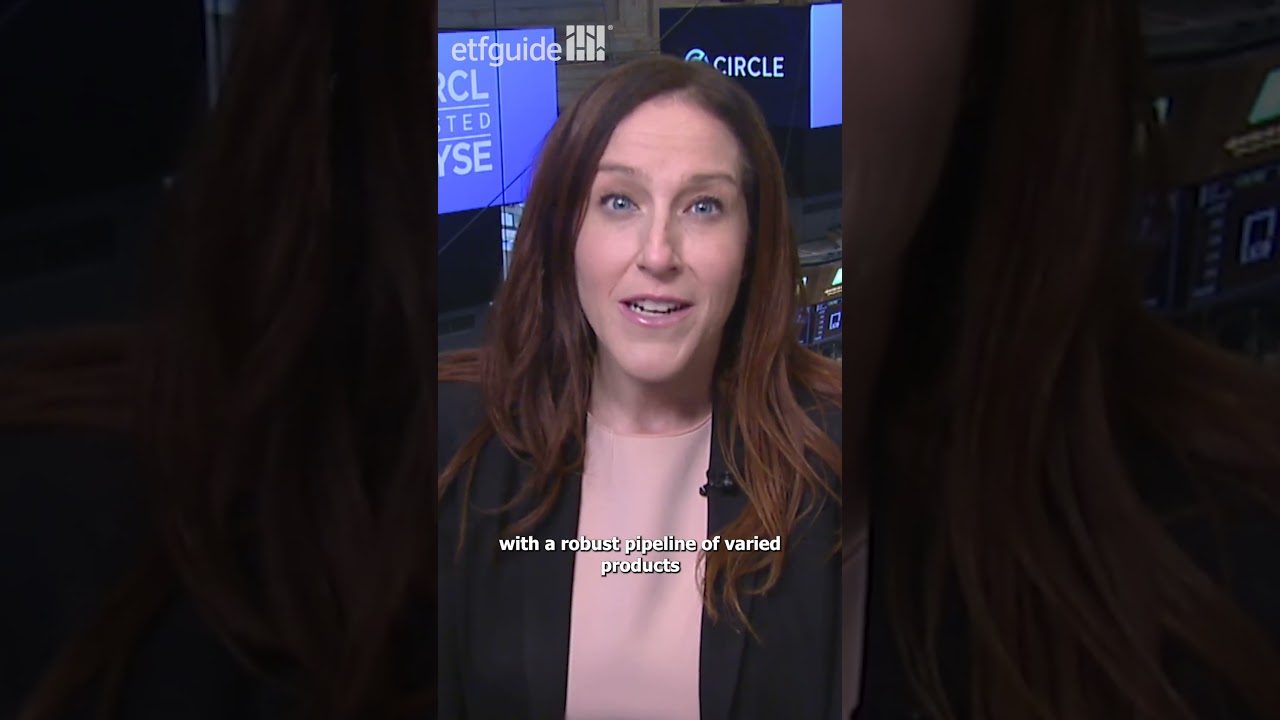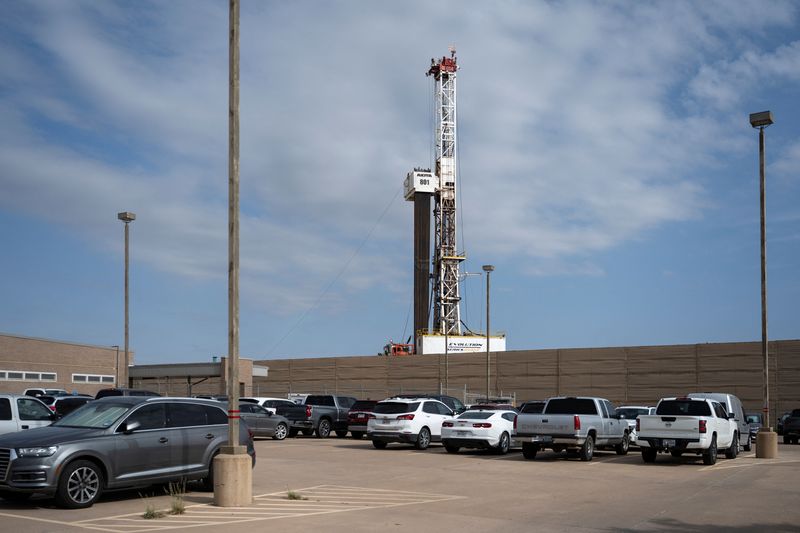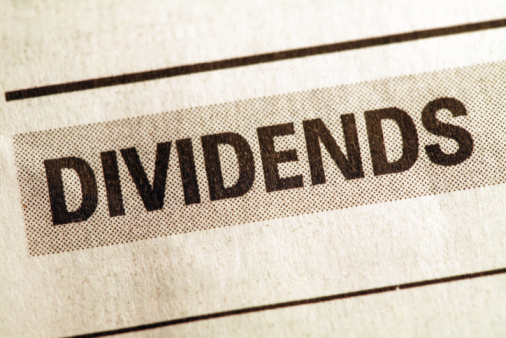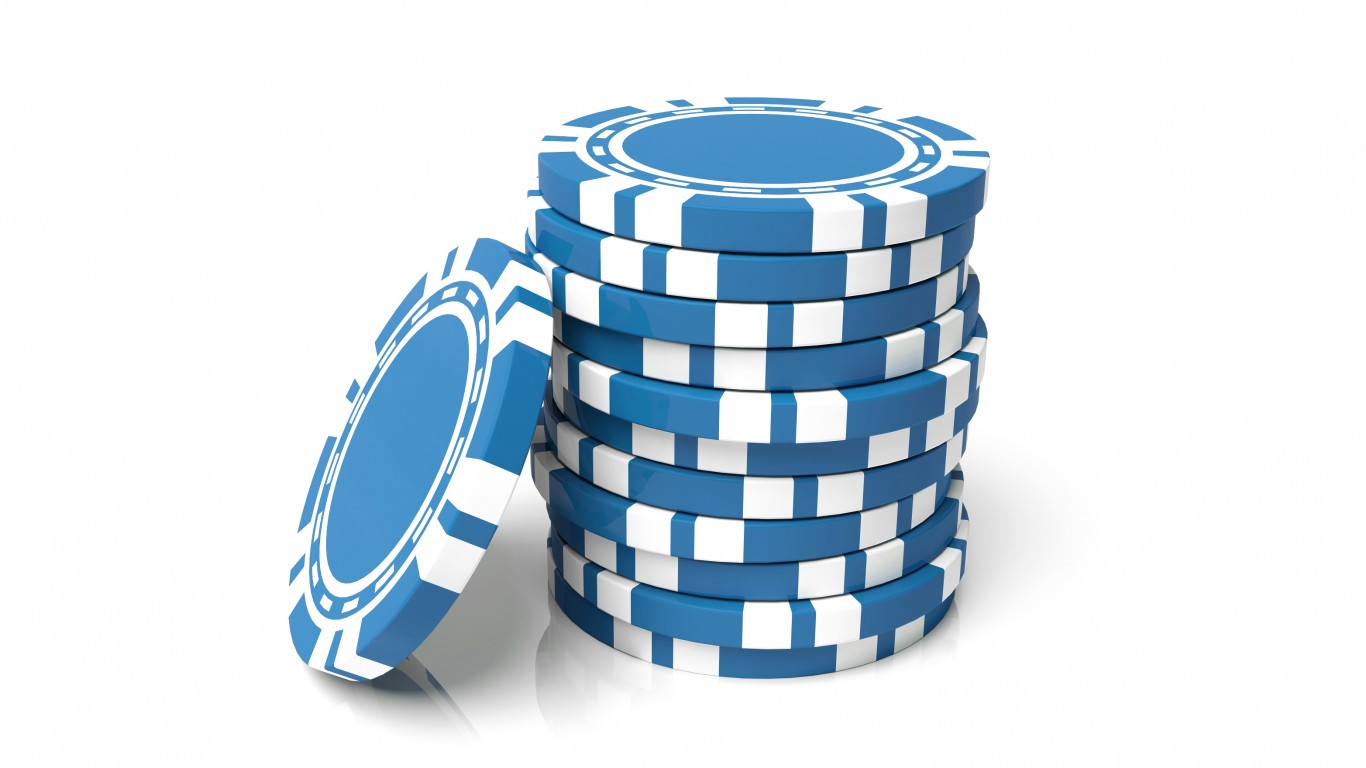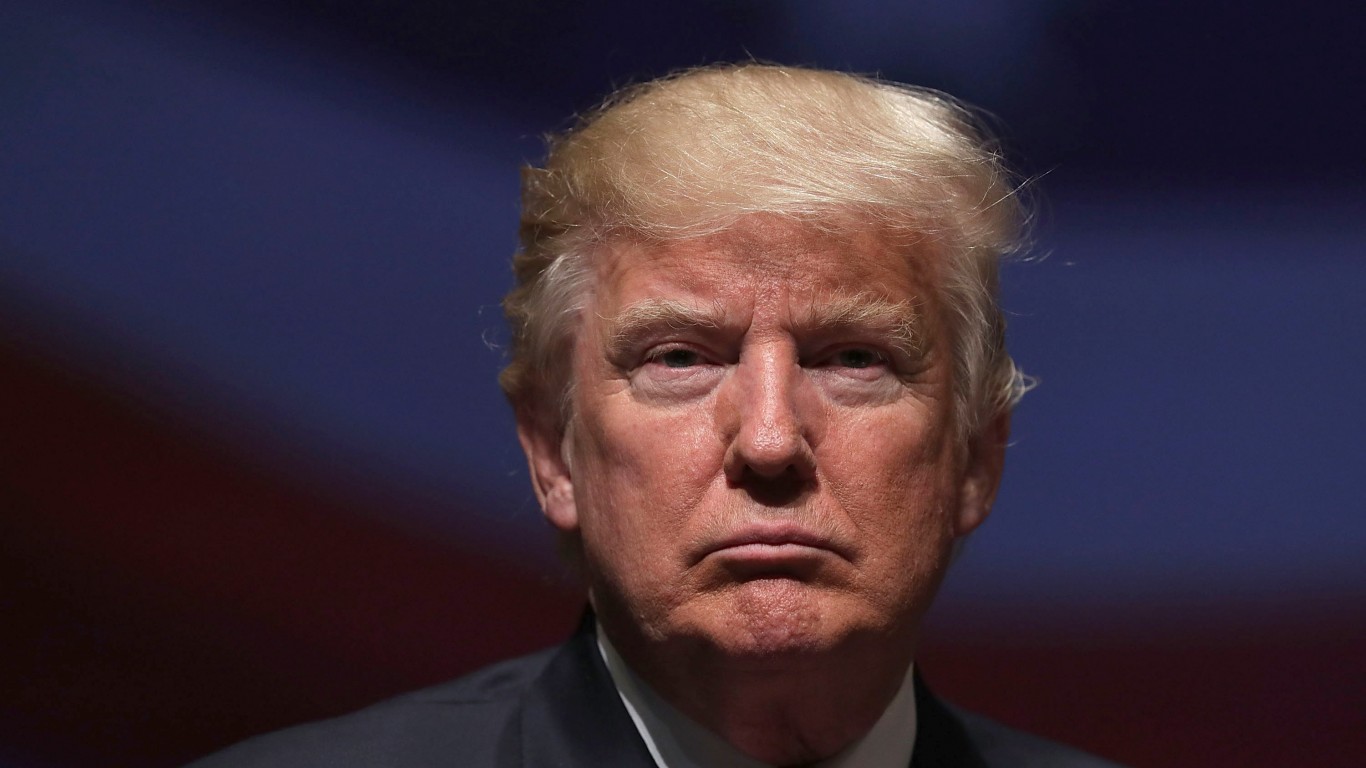Jim Cramer’s Safest Stock For Retirees
Jim Cramer has a mixed record when it comes to choosing stocks. Therefore, he also has a mixed reputation in the investing space. But that doesn’t diminish his influence as an average of 380,000 viewers tune in to listen to his advice nightly on CNBC’s Mad Money. The sheer amount of stocks being discussed on […] The post Jim Cramer’s Safest Stock For Retirees appeared first on 24/7 Wall St..
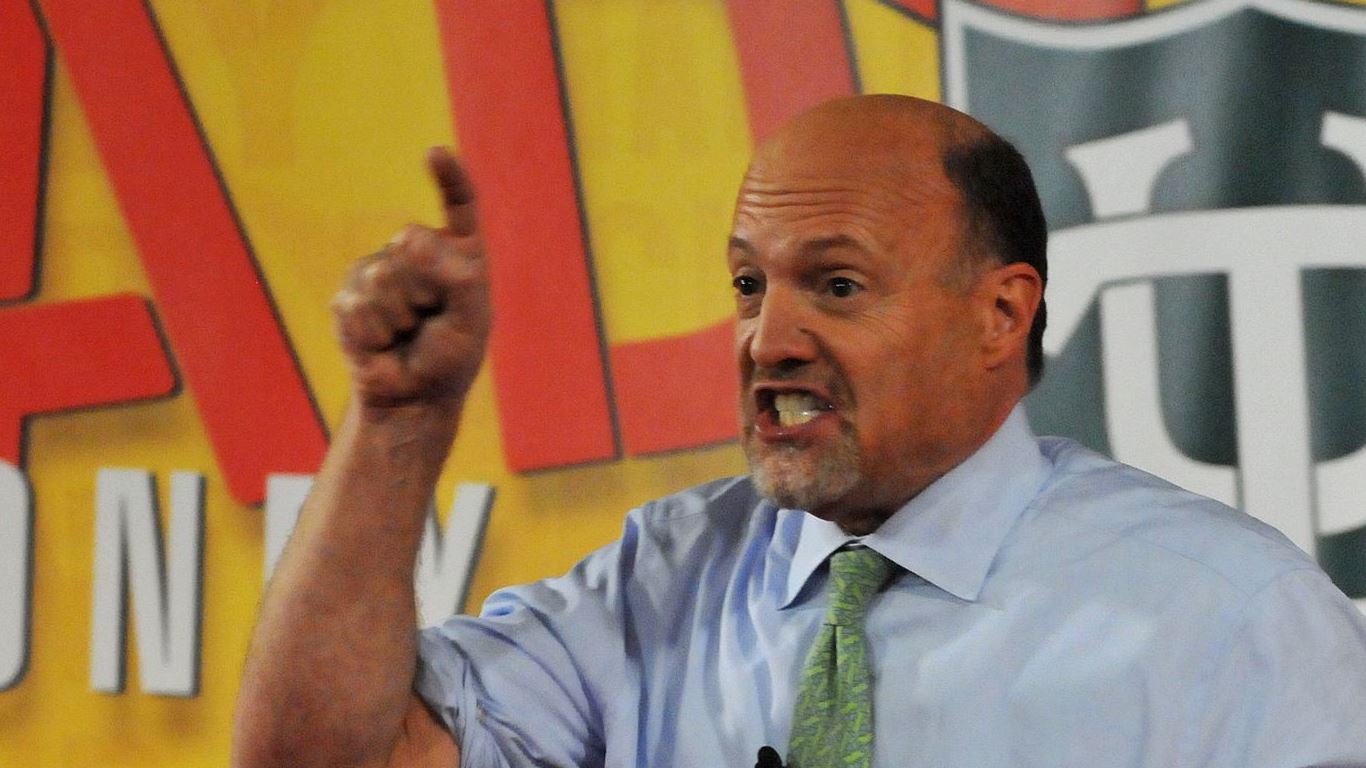
Jim Cramer has a mixed record when it comes to choosing stocks. Therefore, he also has a mixed reputation in the investing space. But that doesn’t diminish his influence as an average of 380,000 viewers tune in to listen to his advice nightly on CNBC’s Mad Money. The sheer amount of stocks being discussed on his show and, subsequently, his input on them does leave the average investor more informed.
Of course, you don’t have to follow his picks. His coverage has leaned more towards hotter momentum stocks that have been rallying in the past few years. If you are a retiree looking for safe stocks, these are unlikely to be your best bet. Instead, you should look for “big and boring” businesses that have steady cash flow, rising dividends and track records of strong fundamental performance.
And on that front, Cramer doesn’t have a magic stock for all the retirees. But we can look into his recent comments to figure out which stock he would deem the safest for retirees at the moment. Be mindful, however, that he typically is against excessive prudence. So what Cramer deems the “safest” may not match your risk tolerance.
AbbVie (ABBV) Is One of the “Safest”
As mentioned earlier, it’s difficult to find Cramer talking about any stock being the “safest.” But AbbVie (NYSE:ABBV) comes very close. In May, Cramer said, “AbbVie is worth the risk, even as it’s among the safest, if not the safest stock in the group,” adding, “I think it makes a ton of sense to start a position in the stock right now.”
His comments were made in mid-May, when bond yields were heading higher. The situation is the opposite now, so it should be even more favorable for ABBV. Cramer’s rationale is due to the company’s “amazing” Skyrizi and Rinvoq immunology drugs, along with Botox. He does have a very unique angle here, since he sees Botox benefiting from the rise in obesity drugs being popular. These obesity drugs, in his words, cause wrinkles and skin sags for many.
How Good Is AbbVie’s Pipeline?

Skyrizi and Rinvoq have seen tremendous success. Both are prescription medications that treat inflammatory conditions. Skyrizi is used to treat psoriasis, psoriatic arthritis, Crohn’s disease, and ulcerative colitis. Rinvoq is used to treat rheumatoid arthritis, psoriatic arthritis, atopic dermatitis, ulcerative colitis, Crohn’s disease, ankylosing spondylitis, and non-radiographic axial spondyloarthritis.
Revenue from both of these drugs is surging. In Q1, Skirizi sales grew 71% year-over-year to $3.43 billion, and Rinvoq revenue grew 57% year-over-year to $1.72 billion. Cramer is certainly right here about these drugs being “amazing.” But when it comes to Botox, that revenue declined 12.3% to $556 million in Q1.
You should still keep in mind that Cramer’s comments were made in mid-May. AbbVie reported Q1 results on April 25. He likely expects his thesis on weight loss drugs causing an indirect increase in Botox treatments to be a more long-term trend.
“Amazing” Drugs Keep Powering Growth
AbbVie expects both of these drugs to keep driving stellar growth. It is looking at $16.5 billion in global sales from Skyrizi and another $8.2 billion from Rinvoq. These guidance figures have been raised consistently, and these figures are up by $600 million and $300 million, respectively, compared to previous guidance.
AbbVie is also getting into the obesity market. The company announced an agreement with Gubra, a Danish company, paying it $350 million upfront to acquire and develop the company’s obesity drug. On top of that upfront amount, AbbVie will be paying $1.875 billion if the drug meets some pre-determined expectations.
The obesity market is huge, and there’s plenty of room for companies to get in and capture market share. Eli Lilly (NYSE:LLY) and Novo Nordisk (NYSE:NVO) have captured market share early and have aggressively marketed their products, but this industry is still in its early stages.
The obesity market is expected to grow from $15.92 billion last year to a projected $60.53 billion in 2030. Considering AbbVie is willing to pay up to $2.3 billion for Gubra’s drug, it likely has a lot of potential.
Is ABBV Stock Truly Safe?
As I said before, what Cramer sees as “safest” may not align with you. ABBV is undeniably one of the most solid companies, and its shares should keep you in the green if you buy and hold for the long run.
However, a critical criterion for a stock being considered safe is that it should protect you from market drawdowns. The upside potential is not what the first thing that comes to mind when someone talks about safe stocks.
This year alone, ABBV stock has had a 21.46% peak-to-trough decline. Regardless, this was due to a decline in the broader market, triggered by tariff fears. Cramer’s comments also came after that.
I would agree with Cramer that AbbVie is indeed one of the safest investments you can make in the long run. The stock has had a history of 15-20% ups and downs in short order. But once you zoom out, it should become evident that ABBV stock is not unsafe long-term. Interest rates are about to go down, and that could cause even better price action. Net interest losses were $627 million in just Q1 2025 alone. Lower rates would help significantly by lowering debt servicing costs.
In the meantime, you can collect a 3.52% dividend yield here, which is quite high for a high-performance company.
The post Jim Cramer’s Safest Stock For Retirees appeared first on 24/7 Wall St..





